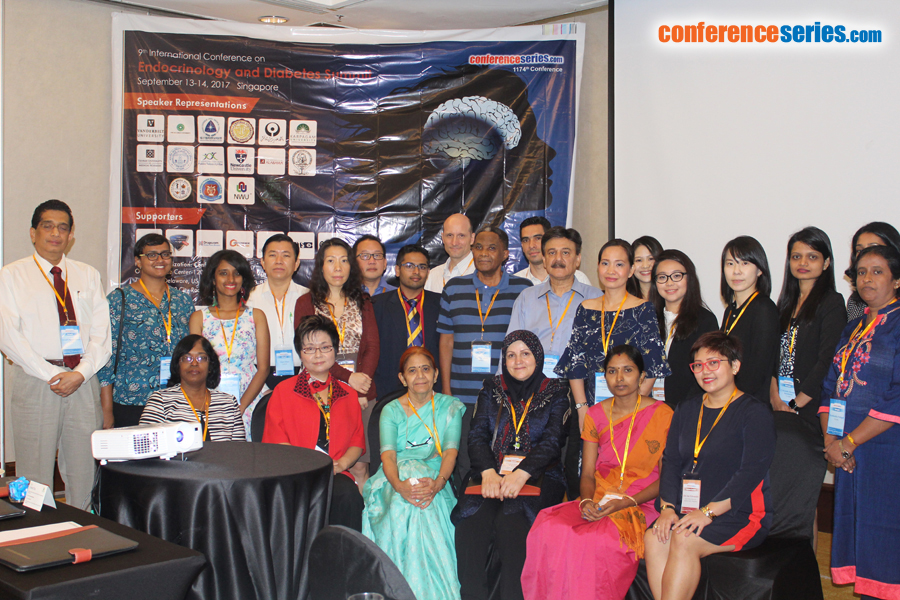
Nathania Sutandi
Newcastle University, UK
Title: Comparison of robotic versus open and laparoscopic distal pancreatectomy in pancreatic neuroendocrine tumor
Biography
Biography: Nathania Sutandi
Abstract
Statement of the Problem: The incidence of pancreatic neuroendocrine tumors (pNETs) has gradually increased over the last three decades. As most pNETs are relatively small and solitary, they may be considered well suited for surgical removal by minimally invasive approach. Over the past few decades, robotic distal pancreatectomy is being used increasingly in specialized pancreatic surgery centers. Until now, no studies have reported the safety and feasibility of robotic distal pancreatectomy (RDP) in the management of pNET. The aim of our study was to perform the first study, which compares the outcomes of robotic versus open (ODP) and laparoscopic (LDP) distal pancreatectomy in pNET treatment.
Methodology & Theoretical Orientation: Patients’ baseline characteristics, intra-operative data and post-operative data for LDP and RDP were collected prospectively whereas ODP was collected retrospectively. All procedures performed during a 9-year period (2007-2017) were compared with RDP introduced as our standard approach in 2014.
Findings: In total, 33 patients (age range 17-76 years) underwent distal pancreatectomy with the indication of pNET. Conversion rates for LDP and RDP were 2/14 and 0/10 respectively. Docking and robotic set-up took an additional 47 minutes (range 20-75). Complications were graded according to the Clavien-Dindo classification and pancreatic fistulas were graded according to ISGPF classification. There were no mortalities in this study. Results are expressed as mean values or percentages.
Conclusion & Significance: Robotic distal pancreatectomy has unique advantages over laparoscopic and open approach in the management of pNET and should be considered where appropriate surgical expertise exists. Its safety and feasibility are comparable with the other two techniques as shown by the lower trend in blood loss, similar R0 resection rate, lower post-operative diabetes mellitus, lower high-grade complication and lower high-grade fistula. The major disadvantages are the increased cost and operative time.
Speaker Presentations
Speaker PDFs
Speaker PPTs Click Here


